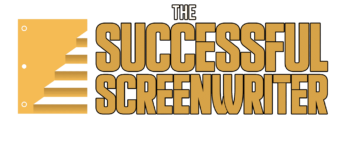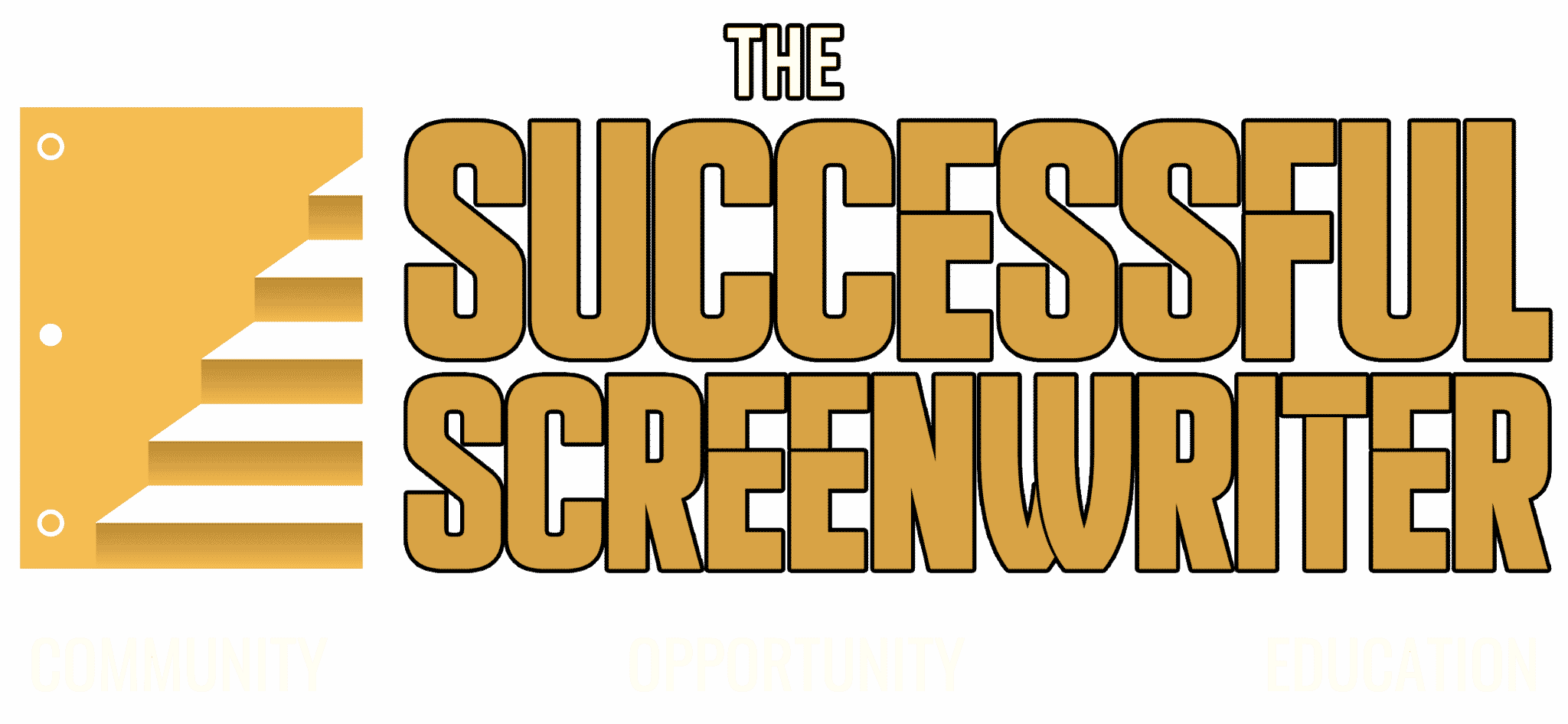Embarking on your screenwriting journey means selecting the right tool to bring your stories to life. With a plethora of software options available, each boasting unique features and benefits, it can be challenging to determine which one best suits your needs. In this comprehensive comparison, I’ll delve into the pros and cons of the top screenwriting software choices, helping you make an informed decision for your future screenwriting endeavors.
As the industry stalwart, Final Draft has long been the go-to choice for seasoned professionals and aspiring screenwriters alike. With its robust features and adherence to industry standards, Final Draft offers reliability and familiarity, ensuring compatibility with production pipelines and providing a comprehensive suite of tools to streamline the writing process.
Pros:
- Industry Standard: Final Draft is the go-to choice for many professionals, with its adherence to industry-standard formatting ensuring compatibility with production pipelines.
- Robust Features: From scene navigator to index cards, Final Draft offers a comprehensive suite of tools designed to streamline your writing process.
Cons:
- Outdated Interface: While reliable, Final Draft’s interface may feel clunky and outdated compared to newer alternatives.
- Price Tag: Its premium pricing might deter budget-conscious writers, especially considering that you have to upgraded to the new software yearly.
My personal favorite. WriterDuet stands out for its emphasis on collaboration and user-friendly interface, making it a favorite among writers who value seamless teamwork and intuitive design. Whether you’re co-writing a script or seeking a hassle-free writing experience, WriterDuet’s real-time collaboration and one-time purchase model make it a compelling choice for screenwriters of all levels. This is the software that I use.
Pros:
- Real-Time Collaboration: WriterDuet shines in its collaborative features, allowing multiple writers to work seamlessly on the same script simultaneously.
- User-Friendly Interface: Its intuitive design makes it accessible to writers of all skill levels, with a minimal learning curve.
Cons:
- Limited Offline Access: While WriterDuet’s cloud-based platform enables collaboration, it may pose challenges for writers in areas with unreliable internet connectivity.
- Advanced Features: Some users may find WriterDuet lacking in advanced features compared to more established software like Final Draft.
While originally designed for novelists, Scrivener’s versatility and customizable environment make it a versatile option for screenwriters seeking a holistic approach to project organization and structuring. With its corkboard and outlining tools, Scrivener empowers writers to visualize their story arcs and characters, catering to various writing projects with its adaptable interface.
Pros:
- Customizable Environment: Scrivener’s flexibility allows writers to tailor the interface to their preferences, making it ideal for organizing complex projects.
- Corkboard and Outlining Tools: Its visual tools, such as the corkboard and outlining features, offer a holistic approach to planning and structuring your screenplay.
Cons:
- Steep Learning Curve: Scrivener’s extensive features may overwhelm new users, requiring time and patience to master.
- Formatting Limitations: While capable, Scrivener’s screenwriting capabilities may not match the precision and industry standards of dedicated screenplay software like Final Draft.
Celtx offers an integrated workflow encompassing pre-production, screenwriting, and collaboration tools, providing a seamless experience for filmmakers and writing teams. With its cloud-based platform and affordability, Celtx facilitates real-time collaboration and accessibility, making it a practical choice for projects of all scales.
Pros:
- Integrated Workflow: Celtx’s all-in-one platform encompasses pre-production, screenwriting, and collaboration tools, providing a seamless workflow for filmmakers.
- Cloud-Based Collaboration: Its cloud-based platform facilitates real-time collaboration, enabling teams to work together remotely from anywhere in the world.
Cons:
- Interface Complexity: Celtx’s extensive feature set may lead to a cluttered interface, potentially overwhelming users seeking simplicity.
- Compatibility Issues: While Celtx supports various file formats, compatibility issues may arise when exporting scripts to other software or platforms.
With its minimalist interface and focus on simplicity, Fade In prioritizes the writing experience, allowing writers to immerse themselves in their creativity without distractions. Affordable and cross-platform, Fade In ensures consistency across different operating systems, making it an accessible option for writers seeking a streamlined writing environment.
Pros:
- Simplicity: Fade In’s clean and minimalist interface prioritizes writing, allowing writers to focus on their creativity without distractions.
- Affordability: Compared to premium options like Final Draft, Fade In offers a more budget-friendly alternative without compromising on essential features.
Cons:
- Limited Integration: While capable, Fade In may lack seamless integration with other software and platforms, limiting its interoperability.
- Support Resources: Compared to more established software, Fade In’s support resources and community may be less extensive, potentially affecting troubleshooting and assistance.
It’s important to note there is no one-size-fits-all solution with screenwriting software. Each option comes with its own set of advantages and limitations, catering to different preferences and writing styles. By carefully considering the pros and cons of each contender, you can make an informed decision that aligns with your creative needs and aspirations. Whether you prioritize industry standards, collaboration, versatility, simplicity, or affordability, the key is to find a tool that empowers you to bring your stories to life with confidence and ease. So, explore your options, experiment with different software, and embark on your screenwriting journey equipped with the perfect tool for the job.
Want more? Check out these free screenwriting resources!
Gain instant access to a wealth of resources tailored to elevate your craft and help get your work noticed:
- Over 100 Screenplays: Immerse yourself in our vast library of critically acclaimed films.
- Interactive Forums: Join discussions with fellow writers and industry experts.
- Logline Builder: Craft compelling pitches that grab attention.
- Industry Insights: Benefit from interviews and workshops with professionals.
- Script Requests by Producers: Get your script in front of the eyes that matter with exclusive leads and requests from our sponsor at InkTip.
Seize the opportunity to transform your screenplay from good to unforgettable, all at no cost to you.
Join for Free Now – Your script deserves the spotlight. Let’s make it happen.

